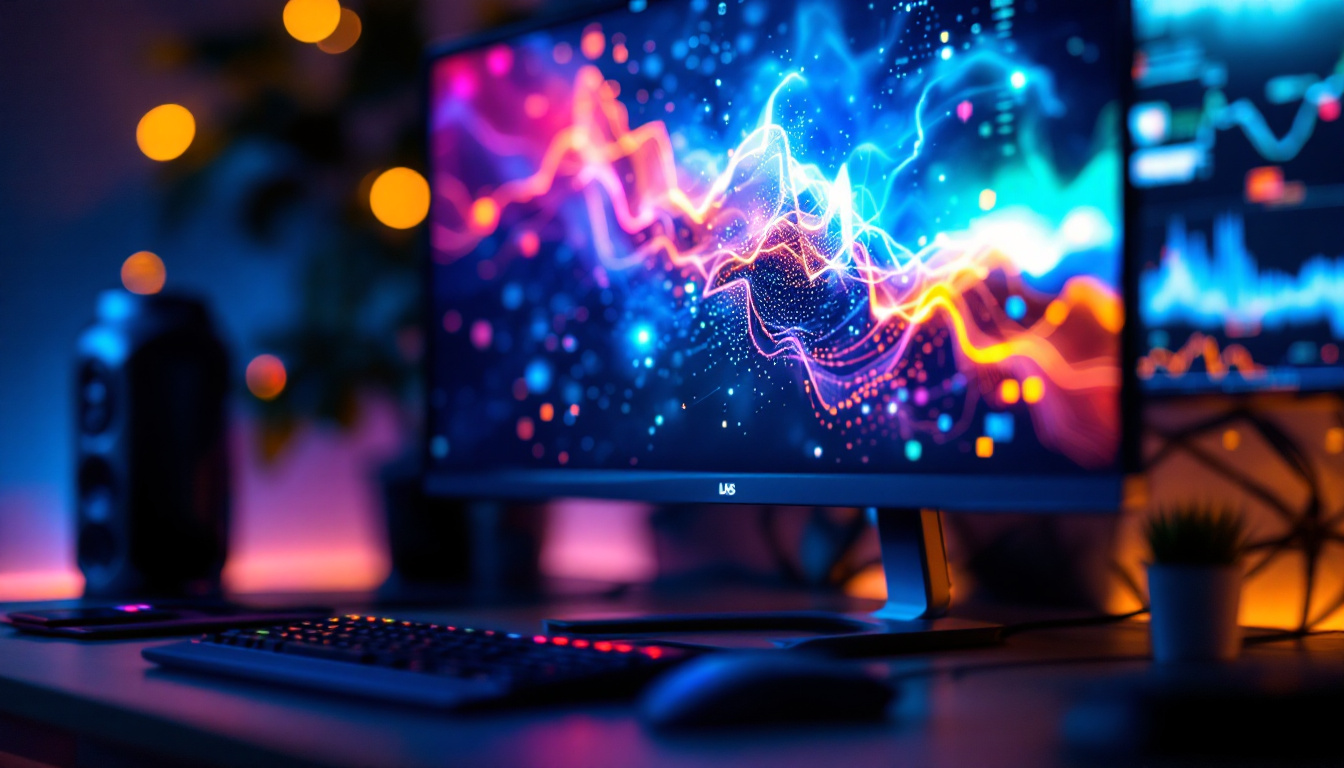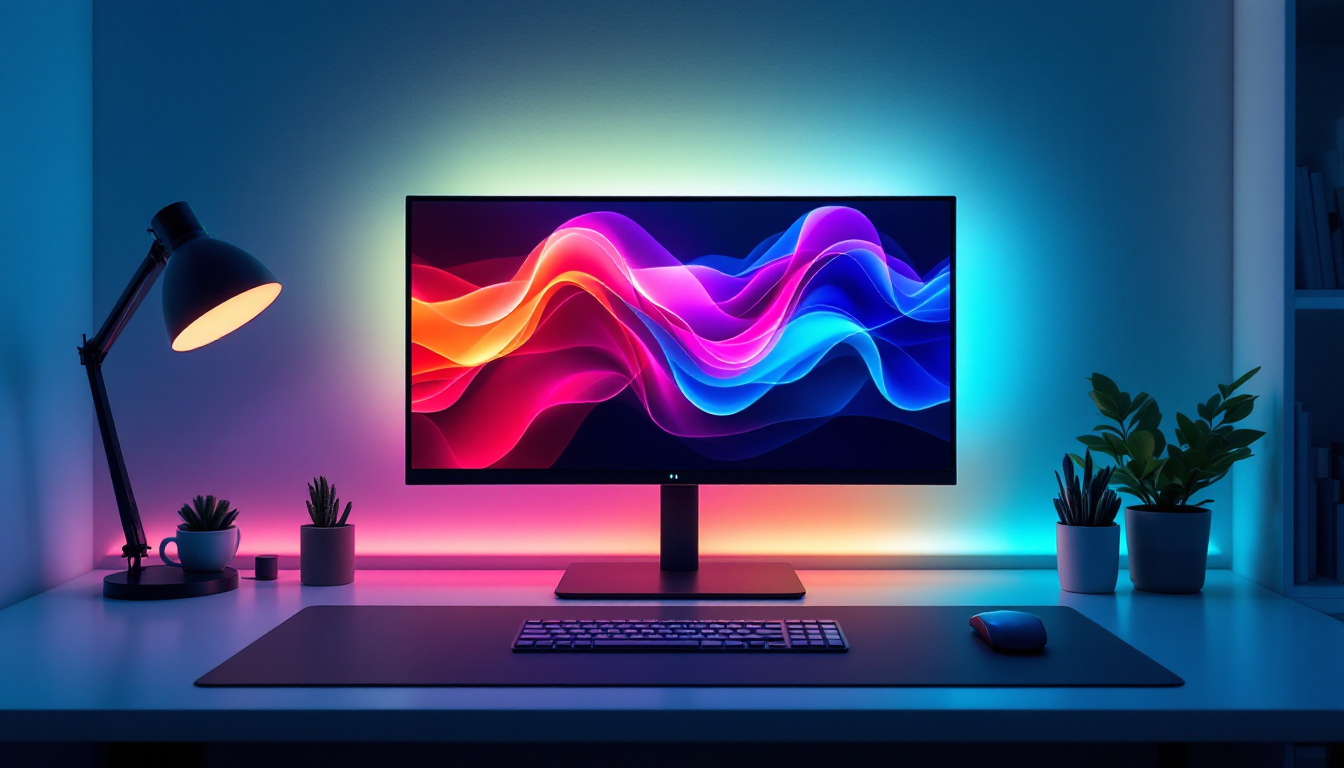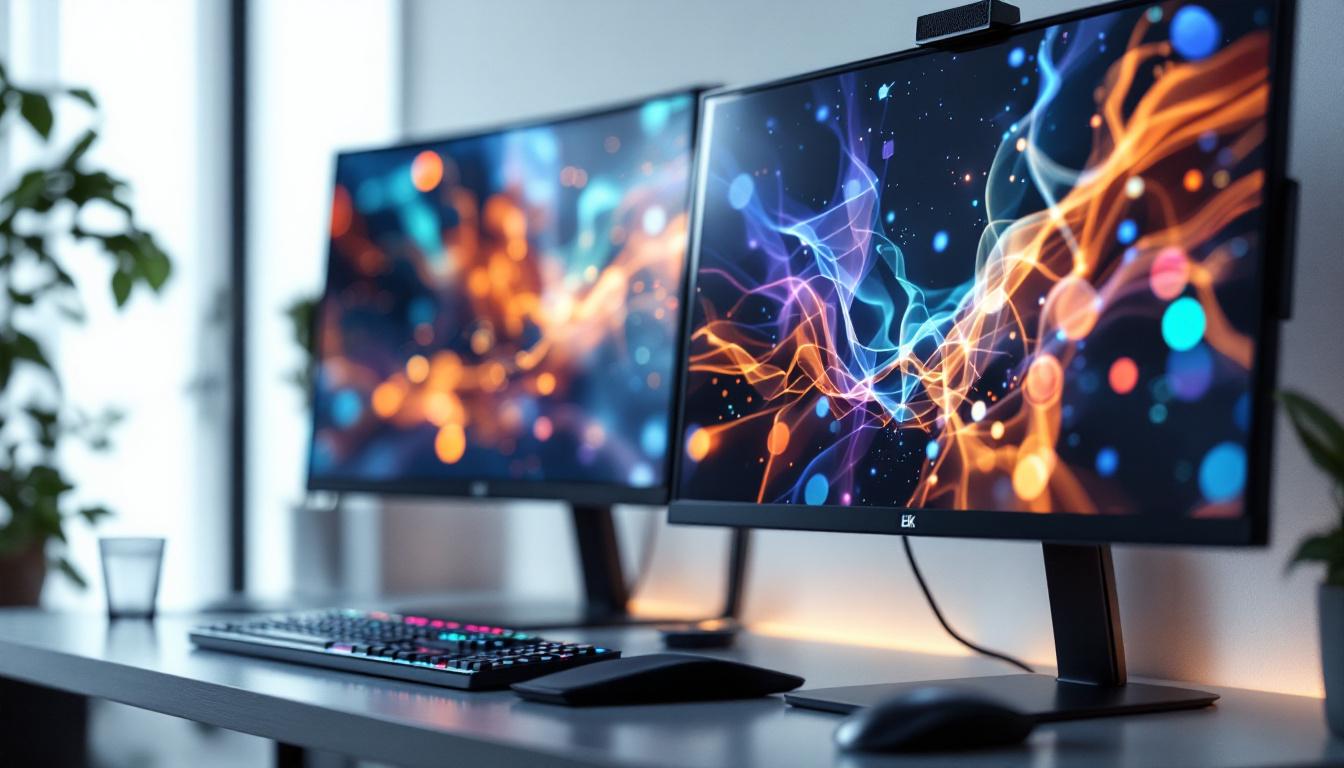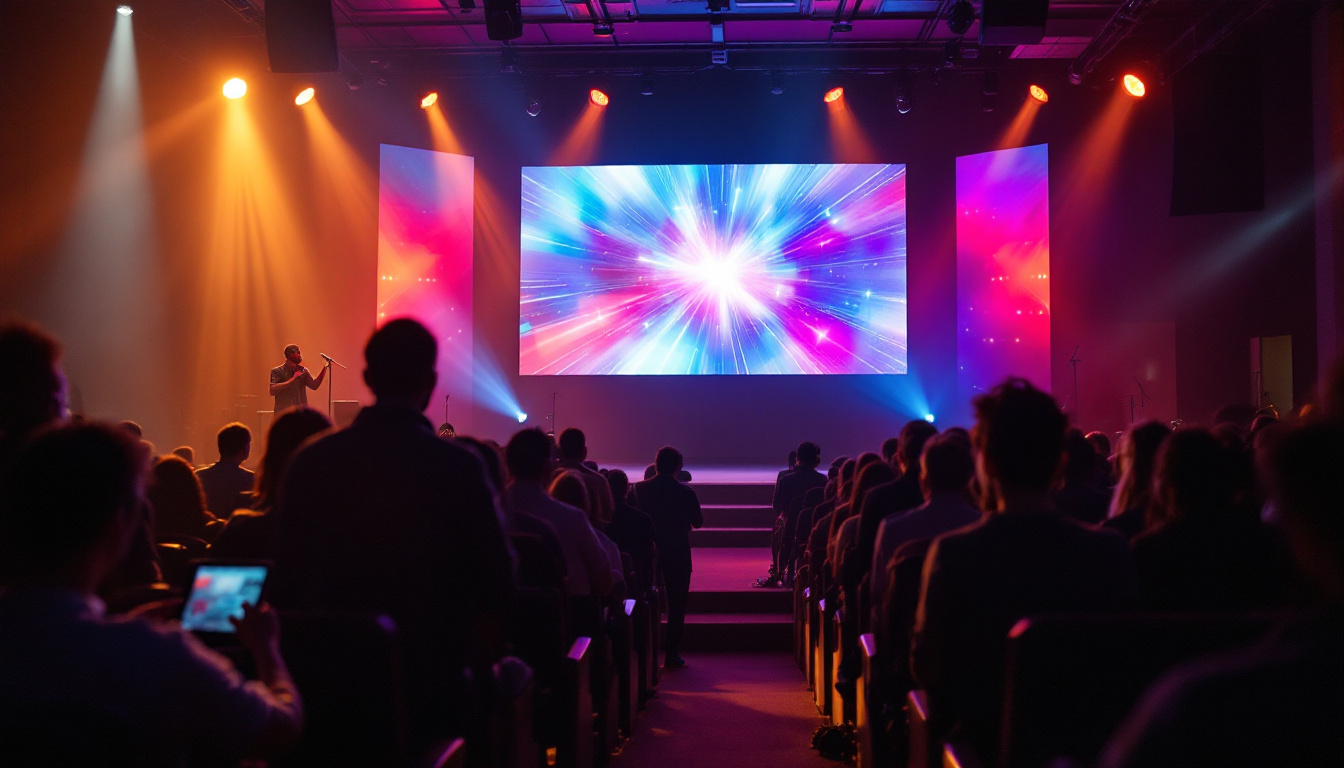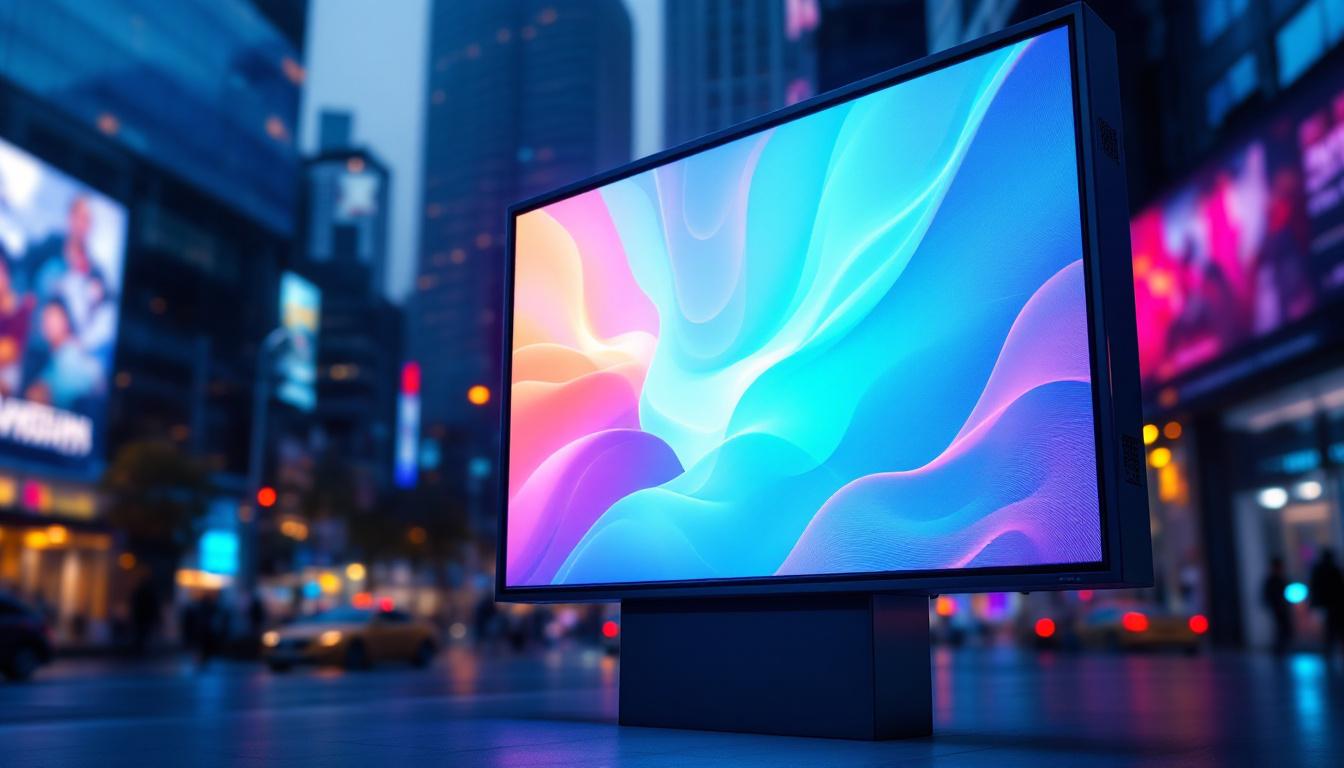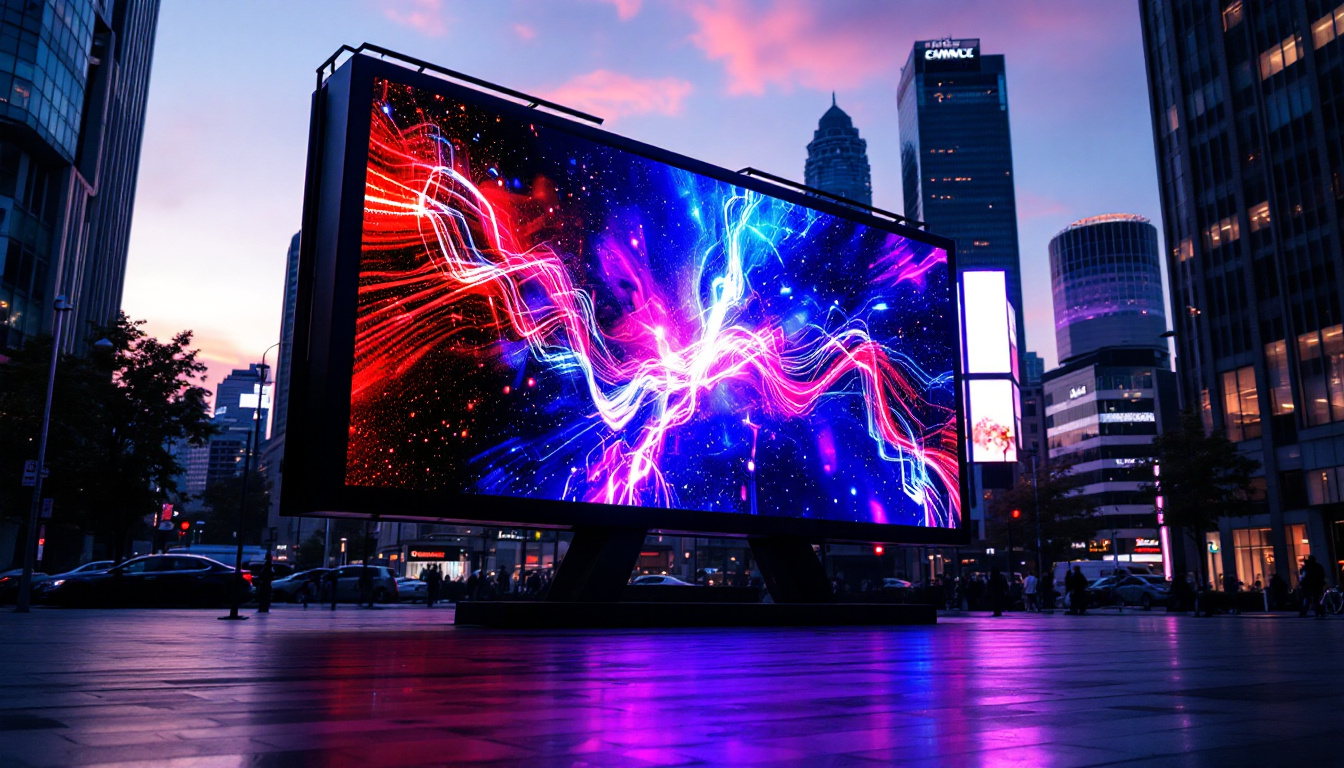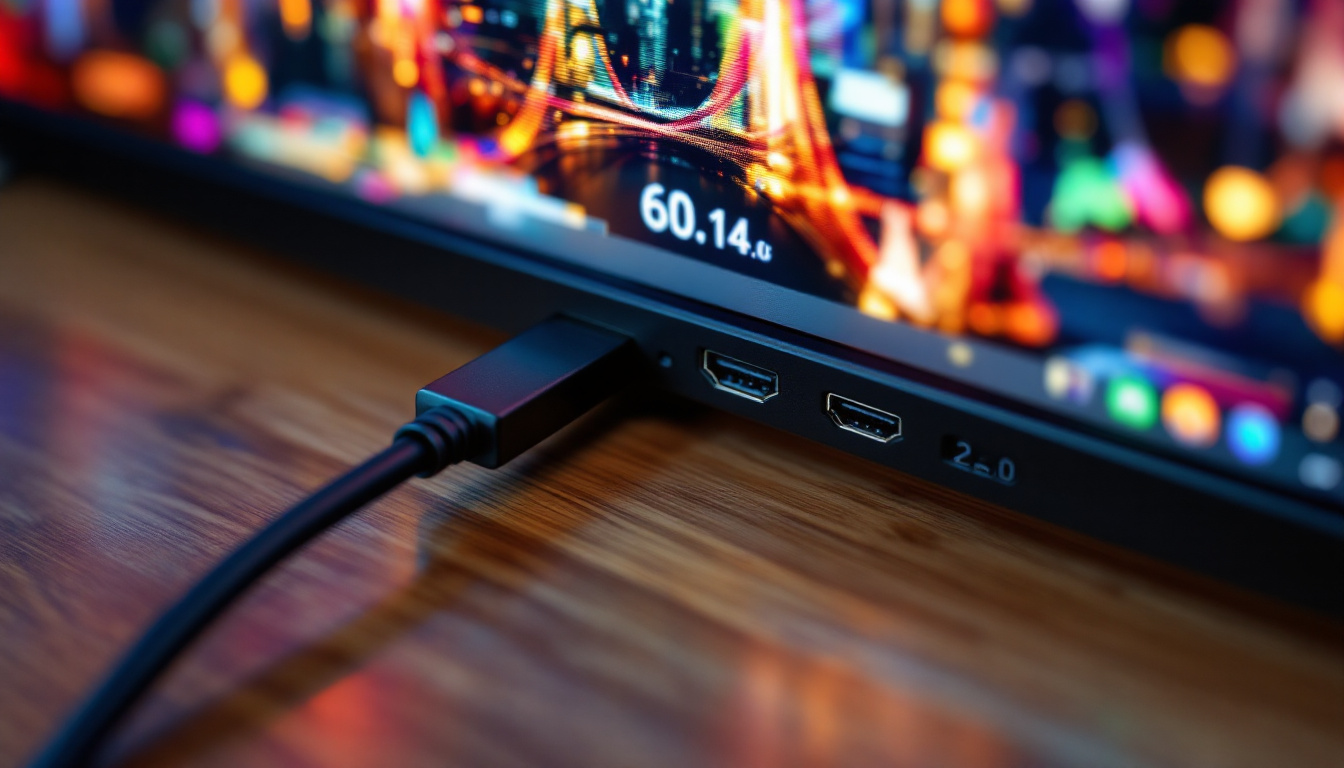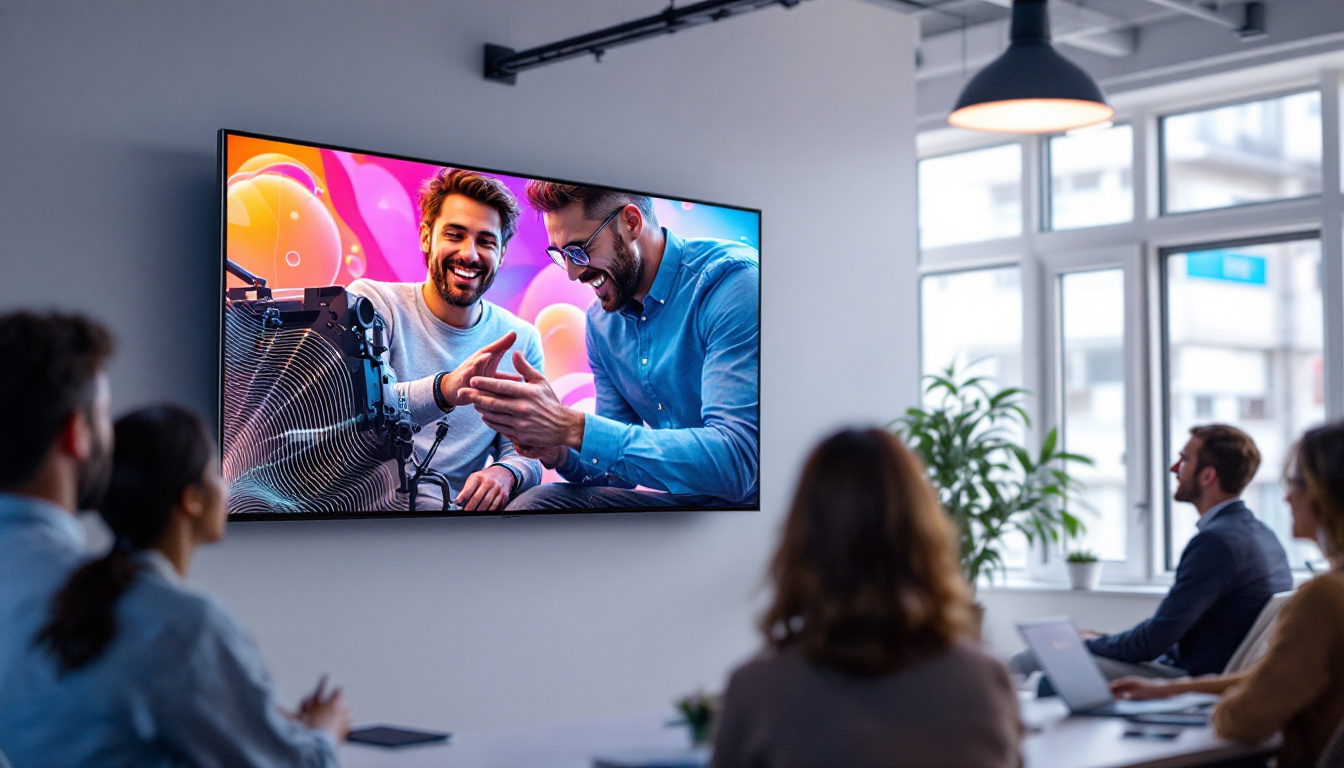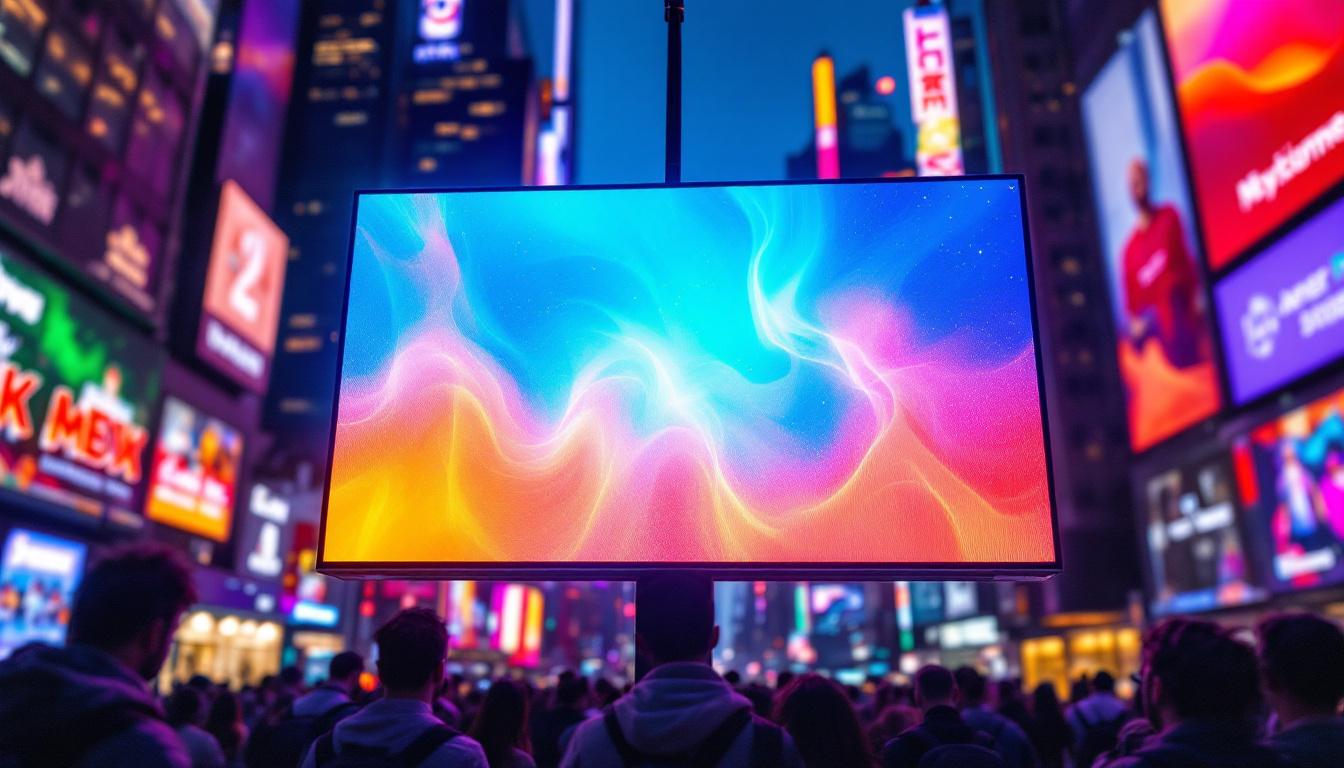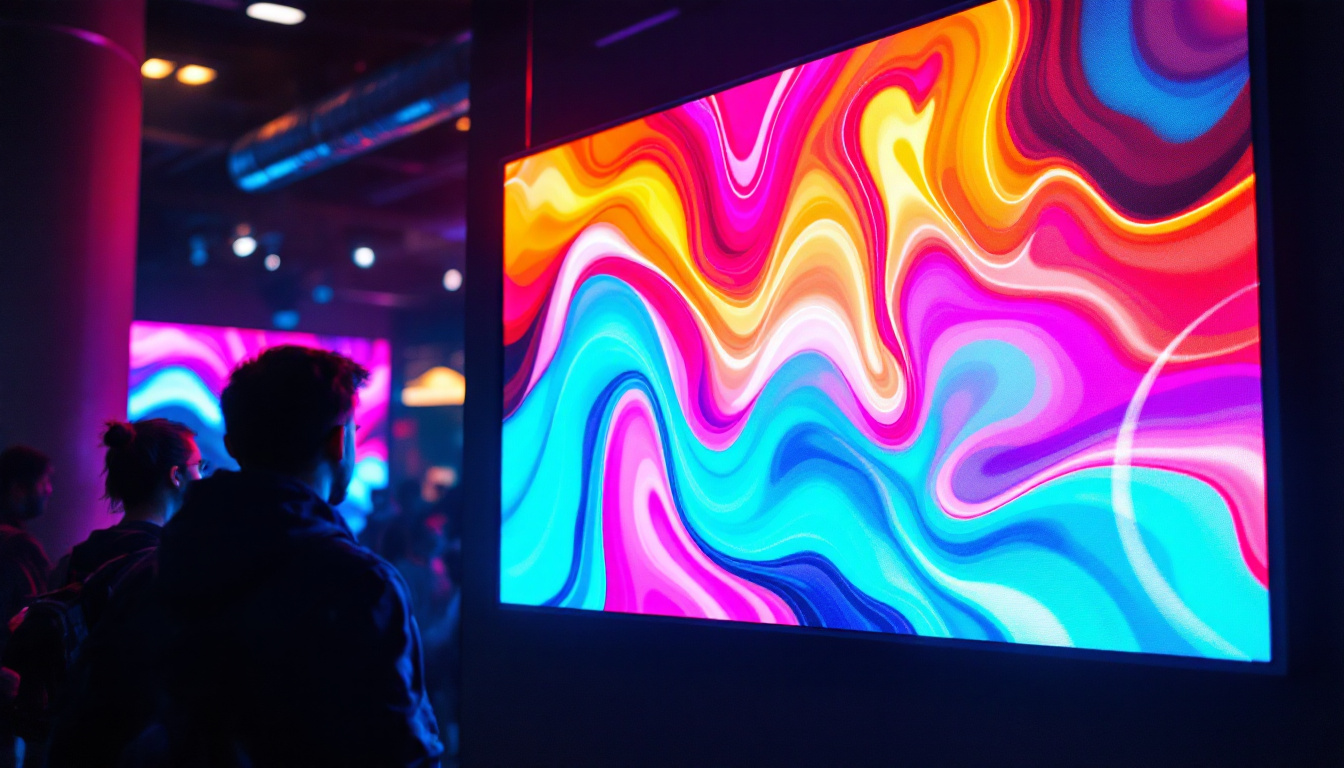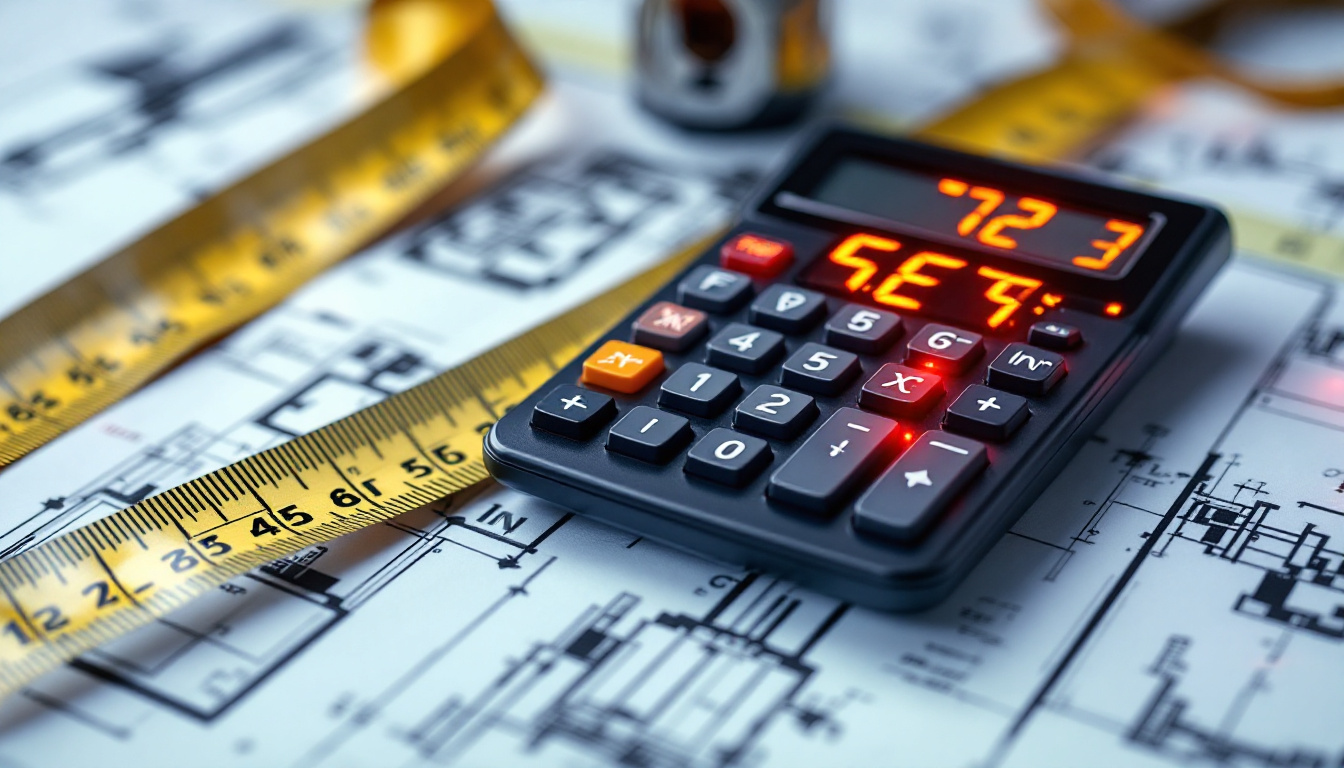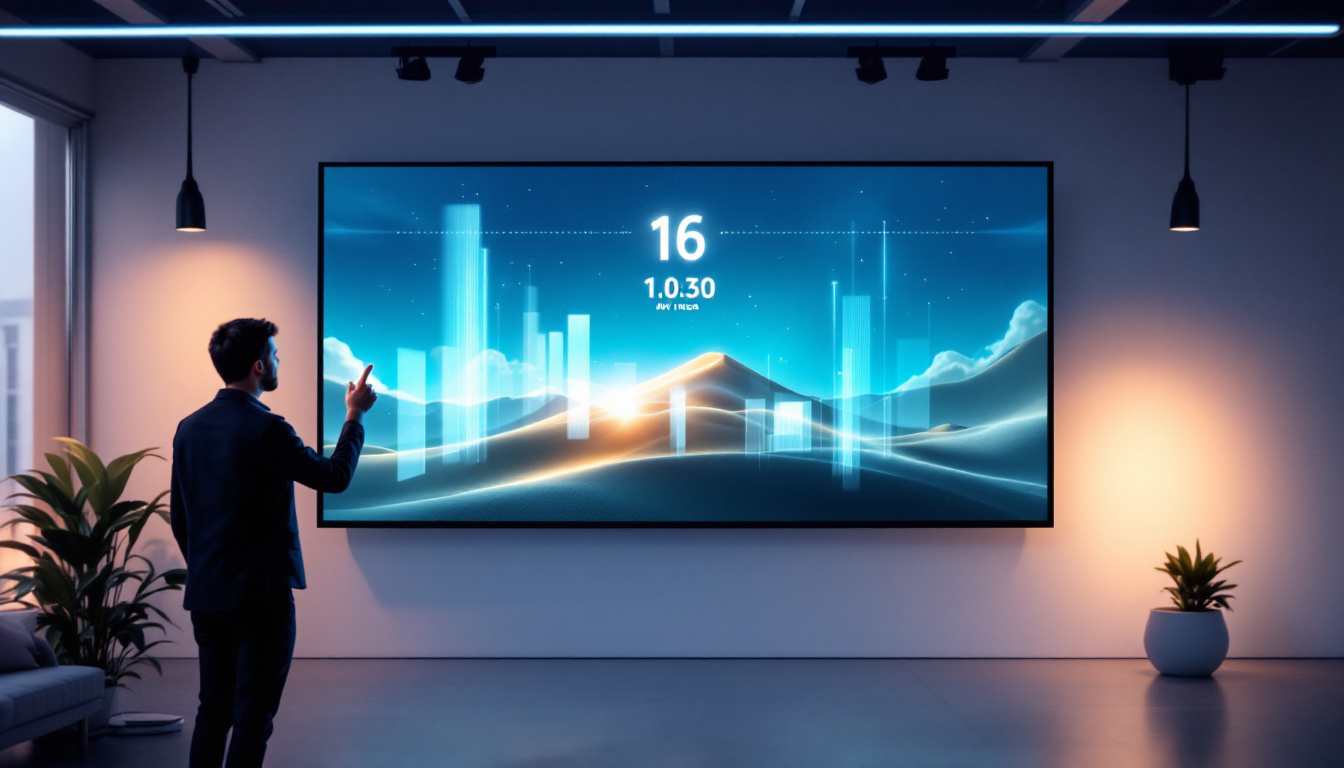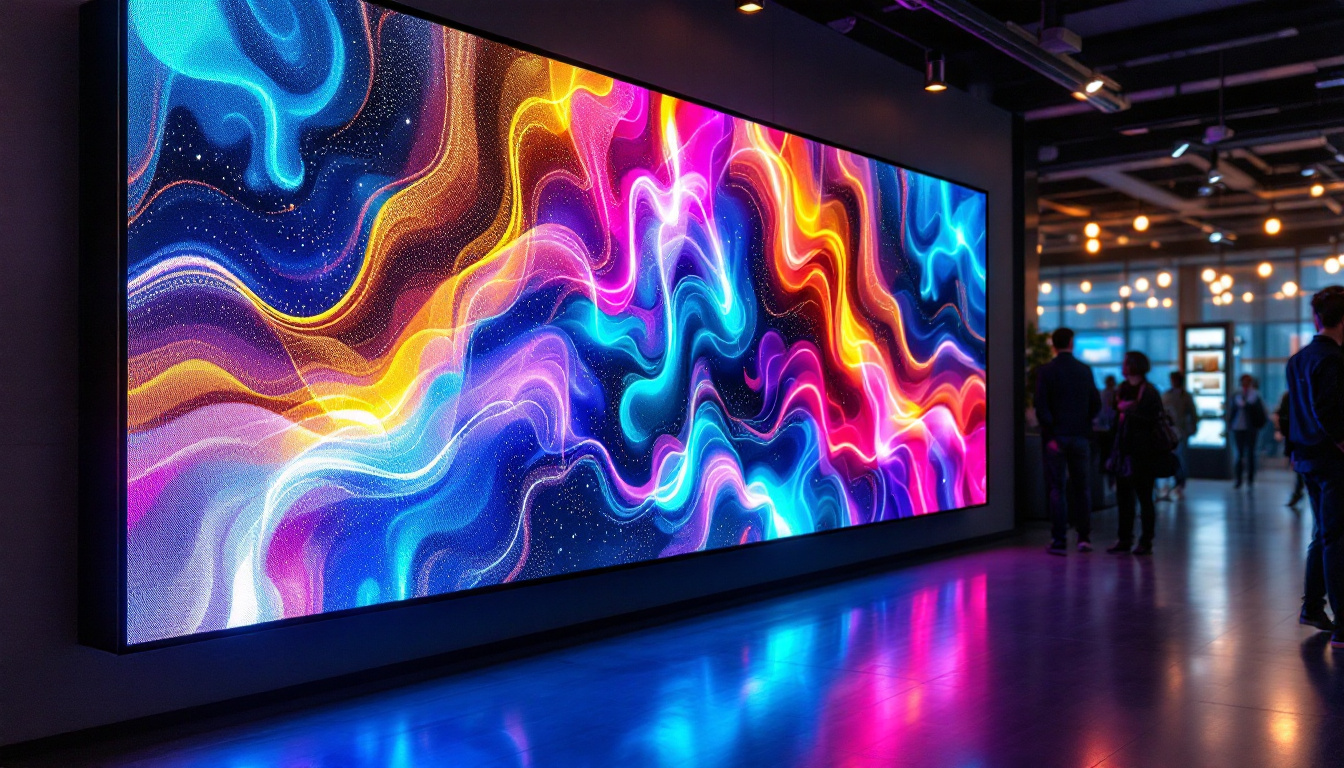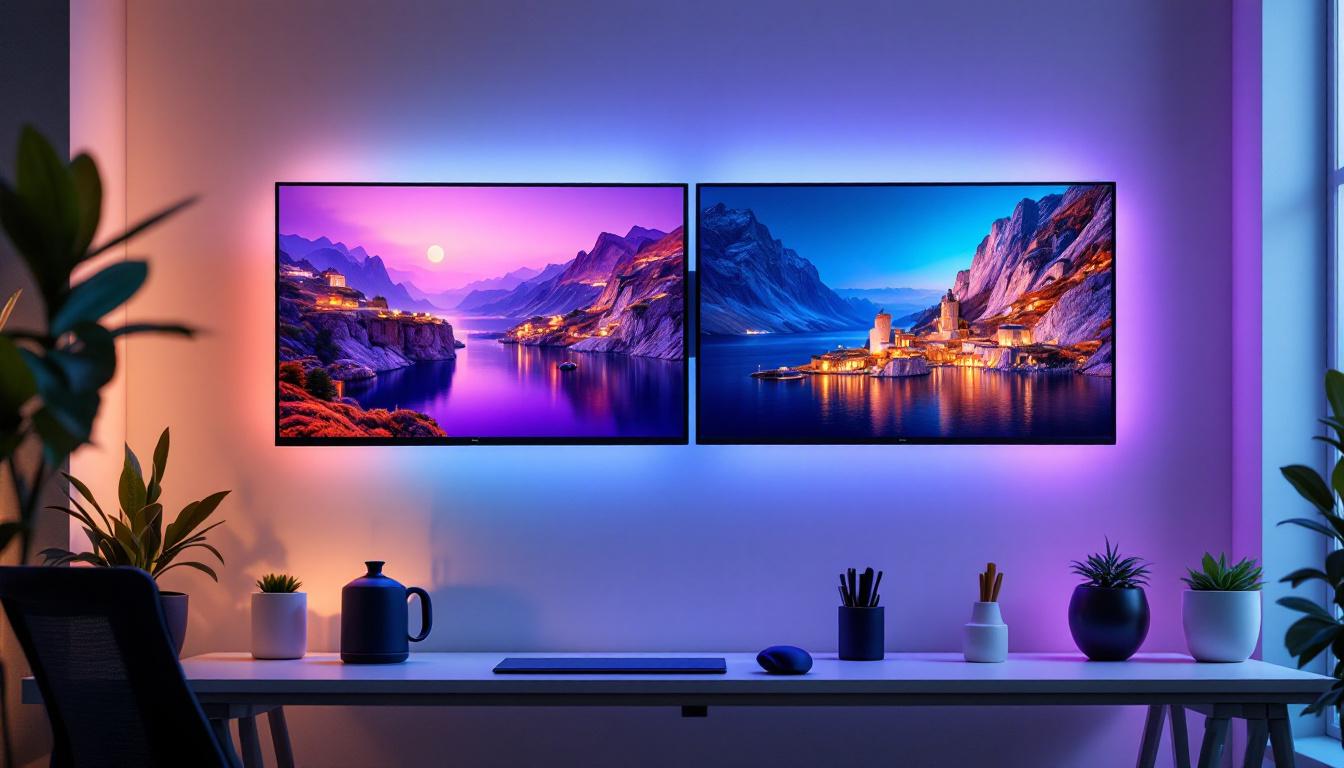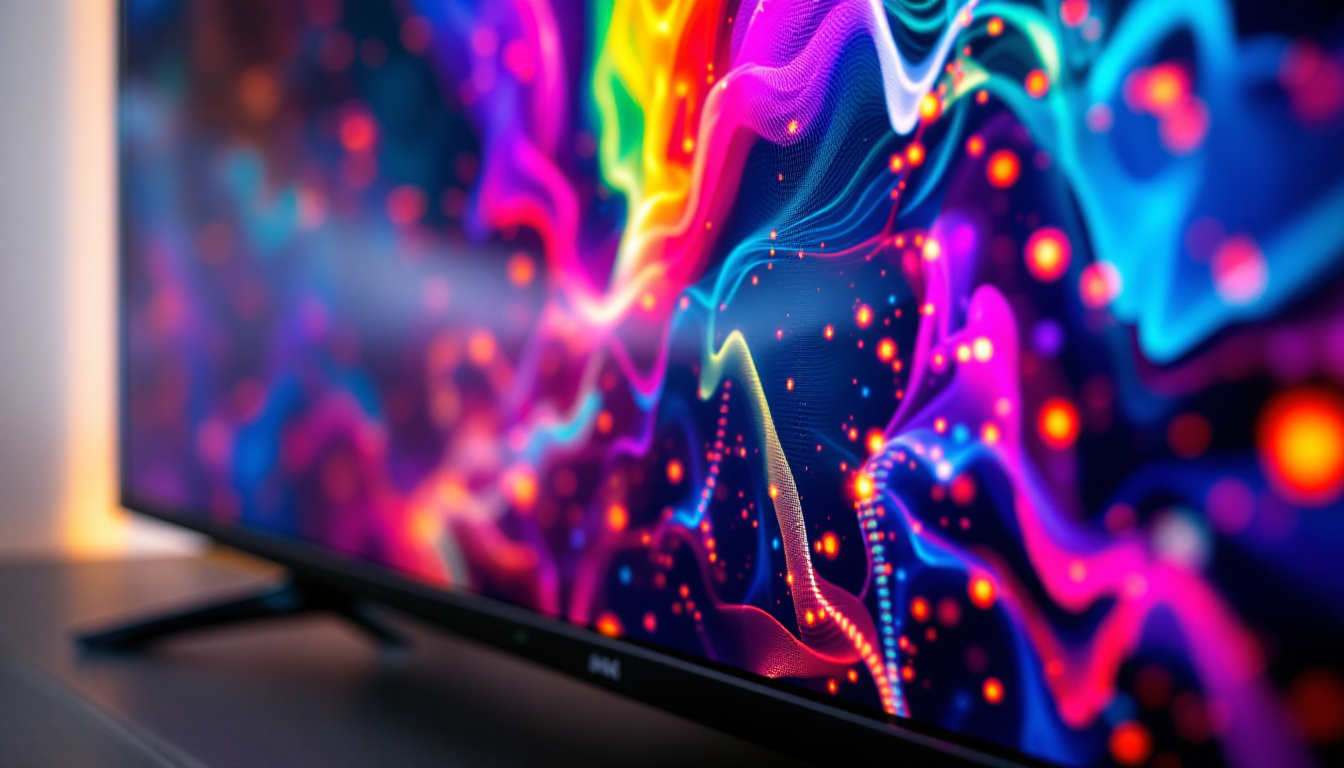In today’s digital age, the demand for high-quality displays has surged, leading many consumers to explore the option of purchasing used monitors. Among the various types of displays available, LED (Light Emitting Diode) monitors have become increasingly popular due to their superior performance and energy efficiency. This article delves into the intricacies of LED displays, their benefits, and what to consider when purchasing a used monitor.
Understanding LED Technology
LED technology has revolutionized the way we view content on screens. Unlike traditional LCD monitors that use fluorescent backlighting, LED monitors utilize an array of tiny light-emitting diodes to illuminate the screen. This fundamental difference in technology results in several advantages, making LED displays a preferred choice for many users.
How LED Displays Work
At the core of LED technology is the principle of electroluminescence. When an electric current passes through a semiconductor material, it emits light. In LED monitors, these diodes are arranged in a grid pattern, allowing for precise control over brightness and color. This technology can be categorized into two main types: edge-lit and full-array. Edge-lit displays have LEDs positioned along the edges of the screen, while full-array displays feature a grid of LEDs behind the screen, providing better contrast and color accuracy.
In addition to these configurations, advancements in LED technology have introduced features like local dimming, which enhances the viewing experience by adjusting the brightness of specific areas of the screen. This means that dark scenes can appear truly black, while bright scenes remain vivid and eye-catching. Furthermore, the introduction of quantum dot technology in some LED displays has further improved color reproduction, allowing for a more immersive viewing experience that closely resembles what the human eye perceives in the real world.
Benefits of LED Displays
One of the most significant advantages of LED displays is their energy efficiency. They consume less power compared to traditional monitors, which not only reduces electricity bills but also contributes to a lower carbon footprint. Additionally, LED monitors offer brighter images, deeper blacks, and a wider color gamut, making them ideal for tasks ranging from graphic design to gaming.
Moreover, LED monitors tend to have a longer lifespan than their LCD counterparts. With less heat generation and improved durability, users can expect their investment to last longer, making used LED monitors a viable option for budget-conscious consumers. The reduced need for frequent replacements also means less electronic waste, aligning with global sustainability efforts. As technology continues to evolve, we can also expect to see further innovations in LED displays, such as flexible screens and ultra-thin designs, which will expand their applications in various fields, from medical imaging to architectural displays.
Evaluating Used LED Monitors
When considering the purchase of a used LED monitor, it’s essential to evaluate several factors to ensure that the investment is worthwhile. Understanding the condition of the monitor, its specifications, and the seller’s reputation can significantly influence the buying experience.
Condition and Performance
The condition of a used monitor is paramount. Potential buyers should inspect the screen for any dead pixels, scratches, or discoloration. Testing the monitor in person, if possible, is highly recommended. Check for uniform brightness across the screen and ensure that the colors are vibrant and true to life.
Additionally, it is wise to inquire about the monitor’s usage history. Monitors that have been used extensively in high-demand environments may show signs of wear and tear sooner than those used lightly. Understanding how the monitor was previously utilized can provide insight into its current condition.
Specifications to Consider
Not all LED monitors are created equal. Specifications such as resolution, refresh rate, and response time play a crucial role in determining the monitor’s performance. For instance, a higher resolution, such as 4K, offers sharper images and is beneficial for tasks that require detailed visuals. Similarly, a higher refresh rate is essential for gaming, as it ensures smoother motion and reduces lag.
Other important specifications include the monitor’s size and aspect ratio. Larger screens can enhance productivity by allowing multiple windows to be open simultaneously, while the aspect ratio can affect how content is displayed. A 16:9 aspect ratio is standard for most media, while ultrawide monitors offer a more immersive experience.
Where to Find Used LED Monitors
Finding the right used LED monitor involves exploring various avenues. From online marketplaces to local electronics stores, there are numerous options available for consumers looking to make a purchase.
Online Marketplaces
Online platforms such as eBay, Craigslist, and Facebook Marketplace are popular choices for buying used electronics. These platforms allow users to browse a wide selection of monitors, compare prices, and read seller reviews. However, caution is advised when purchasing from individuals, as the quality and reliability of the product can vary significantly.
When using online marketplaces, it’s essential to communicate with the seller to ask questions about the monitor’s condition and history. Requesting additional photos or even a video demonstration can help ensure that the monitor meets expectations before making a purchase.
Local Electronics Stores
Many local electronics stores offer a selection of used monitors, often with a warranty or return policy. This can provide an added layer of security for buyers, as they can physically inspect the monitor before purchase. Additionally, knowledgeable staff can assist in answering questions and recommending suitable options based on individual needs.
Price Considerations
Pricing is a critical factor when purchasing a used LED monitor. Understanding the market value of different models can help buyers make informed decisions and avoid overpaying. Factors that influence the price include the monitor’s age, brand, specifications, and overall condition.
Researching Market Prices
Before making a purchase, it’s advisable to conduct thorough research on similar models. Websites that specialize in electronics can provide insights into current market prices, helping buyers gauge whether a listing is fairly priced. Additionally, checking online reviews and expert opinions can further inform the decision-making process.
Negotiation Tips
When purchasing from individual sellers, there may be room for negotiation. Approach the conversation with respect and be prepared to offer a reasonable price based on your research. Highlight any flaws or concerns you noticed during your inspection to justify your offer. Many sellers are willing to negotiate, especially if they are motivated to sell quickly.
Setting Up Your Used LED Monitor
Once a used LED monitor has been purchased, setting it up correctly is crucial to ensure optimal performance. From physical placement to software configuration, several steps can enhance the user experience.
Physical Placement
Positioning the monitor at the right height and distance can significantly impact comfort and usability. Ideally, the top of the screen should be at or slightly below eye level, and the monitor should be placed about an arm’s length away. This setup helps reduce eye strain and promotes better posture during extended use.
Additionally, consider the lighting in the room. Avoid placing the monitor in direct sunlight or in front of bright windows, as glare can hinder visibility. Using curtains or blinds can help mitigate this issue, ensuring a more comfortable viewing experience.
Software Configuration
After physical setup, configuring the monitor’s settings is essential for achieving the best display quality. Adjusting brightness, contrast, and color settings can enhance the overall viewing experience. Most monitors come with preset modes for different tasks, such as gaming or photo editing, which can be beneficial for users with specific needs.
Furthermore, ensure that the monitor’s drivers are up to date. This can improve compatibility with various devices and enhance performance. Checking the manufacturer’s website for the latest drivers is a good practice to maintain optimal functionality.
Maintaining Your Used LED Monitor
Proper maintenance can extend the lifespan of a used LED monitor, ensuring it remains in good condition for years to come. Simple cleaning and care routines can prevent common issues that may arise over time.
Cleaning Tips
Cleaning the monitor regularly is essential to maintain picture quality. Use a microfiber cloth to gently wipe the screen, avoiding harsh chemicals that can damage the display. For stubborn stains, a solution of water and vinegar can be effective. Always ensure the monitor is turned off and unplugged before cleaning to avoid any electrical hazards.
Additionally, dusting the monitor’s base and surrounding area can prevent dust buildup, which can affect ventilation and overall performance. Regular maintenance not only keeps the monitor looking good but also helps it function optimally.
Monitoring Performance
Regularly checking the monitor’s performance can help identify any potential issues early on. Look for signs of flickering, color distortion, or any other irregularities. If problems arise, troubleshooting steps such as adjusting settings or checking connections can often resolve minor issues.
In cases where problems persist, consulting the manufacturer’s support resources or seeking professional assistance may be necessary. Staying proactive about maintenance can prevent minor issues from escalating into more significant problems.
Conclusion
Purchasing a used LED monitor can be a cost-effective way to enhance your digital experience. By understanding the technology behind LED displays, evaluating options carefully, and maintaining the monitor properly, users can enjoy high-quality visuals without breaking the bank. Whether for work, gaming, or casual use, a well-chosen used LED monitor can provide exceptional value and performance.
As the market for used electronics continues to grow, consumers are encouraged to explore their options and make informed decisions. With the right knowledge and approach, finding the perfect used LED monitor can be a rewarding experience.
Discover LumenMatrix’s Advanced LED Solutions
Ready to elevate your visual experience with a high-quality LED display? Look no further than LumenMatrix, a pioneer in LED display technology. Our extensive range of solutions, from Indoor and Outdoor LED Wall Displays to innovative LED Sports and Floor Displays, is designed to meet your every need. Whether you’re looking to boost your brand’s presence, create an immersive environment, or simply enjoy the latest in display technology, LumenMatrix has you covered. Check out LumenMatrix LED Display Solutions today and see how we can transform your visual communication.

